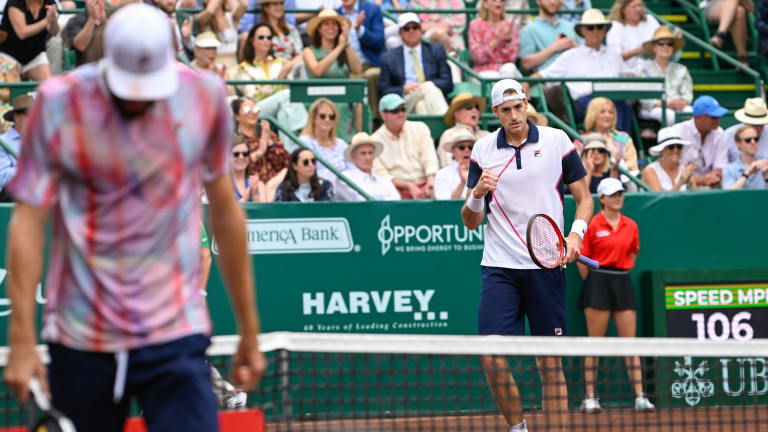Betting 101
Betting 101: Understanding how to bet on totals
By Feb 12, 2023Betting 101
Betting 101: Learning how to play the futures market
By Feb 24, 2023Betting 101
Betting 101: What it means to bet the spread
By Feb 08, 2023Betting 101
Betting 101: Gaining an understanding of what the odds actually mean
By Feb 01, 2023Social
Katie Boulter cheekily calls out Alex de Minaur's 'elite' red flag behavior for going off the grid
By Apr 29, 2025Pick of the Day
Madrid Open Betting Preview: Casper Ruud vs. Taylor Fritz
By Apr 28, 2025Madrid, Spain
Can Fritz, Shelton and other American men go from “good clay-court players” to great ones?
By Apr 28, 2025Madrid, Spain
With new coach Dinara Safina, Diana Shnaider makes mental strides in Madrid
By Apr 28, 2025Madrid, Spain
Aryna Sabalenka vs. Peyton Stearns: Where to Watch, Madrid Preview, Betting Odds
By Apr 28, 2025Madrid, Spain
Jack Draper vs. Matteo Berrettini: Where to Watch, Madrid Preview, Betting Odds
By Apr 28, 2025Betting 101: Understanding how to bet on totals
We have utilized three different types of betting totals with our Tennis Bets picks: game totals, set totals and individual player totals.
Published Feb 12, 2023
Advertising
Advertising

In an unpredictable matchup between two big servers, like John Isner and Reilly Opelka, betting the total is a smart play.
© ©Icon Sportswire (A Division of XML Team Solutions) All Rights Reserved